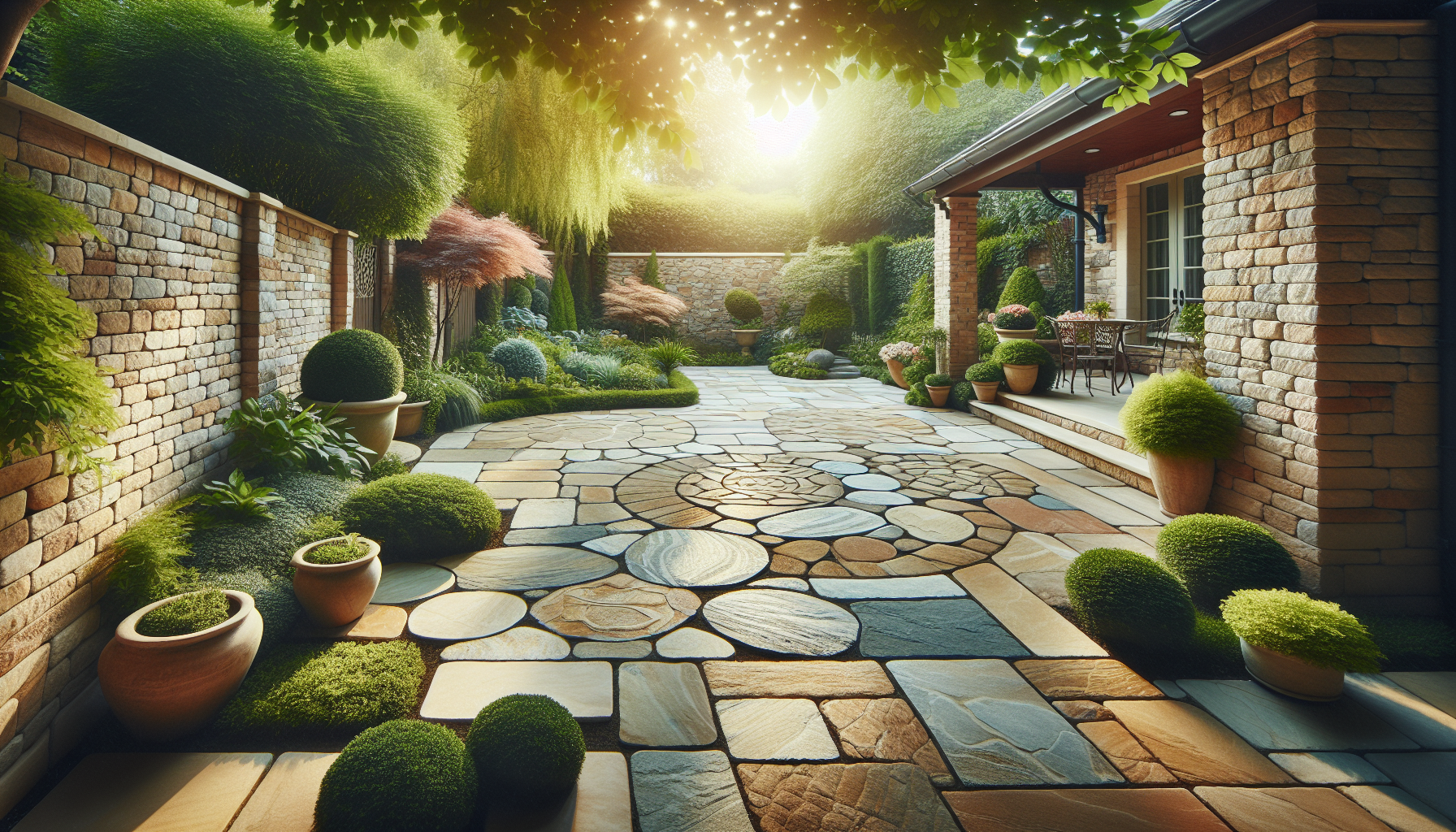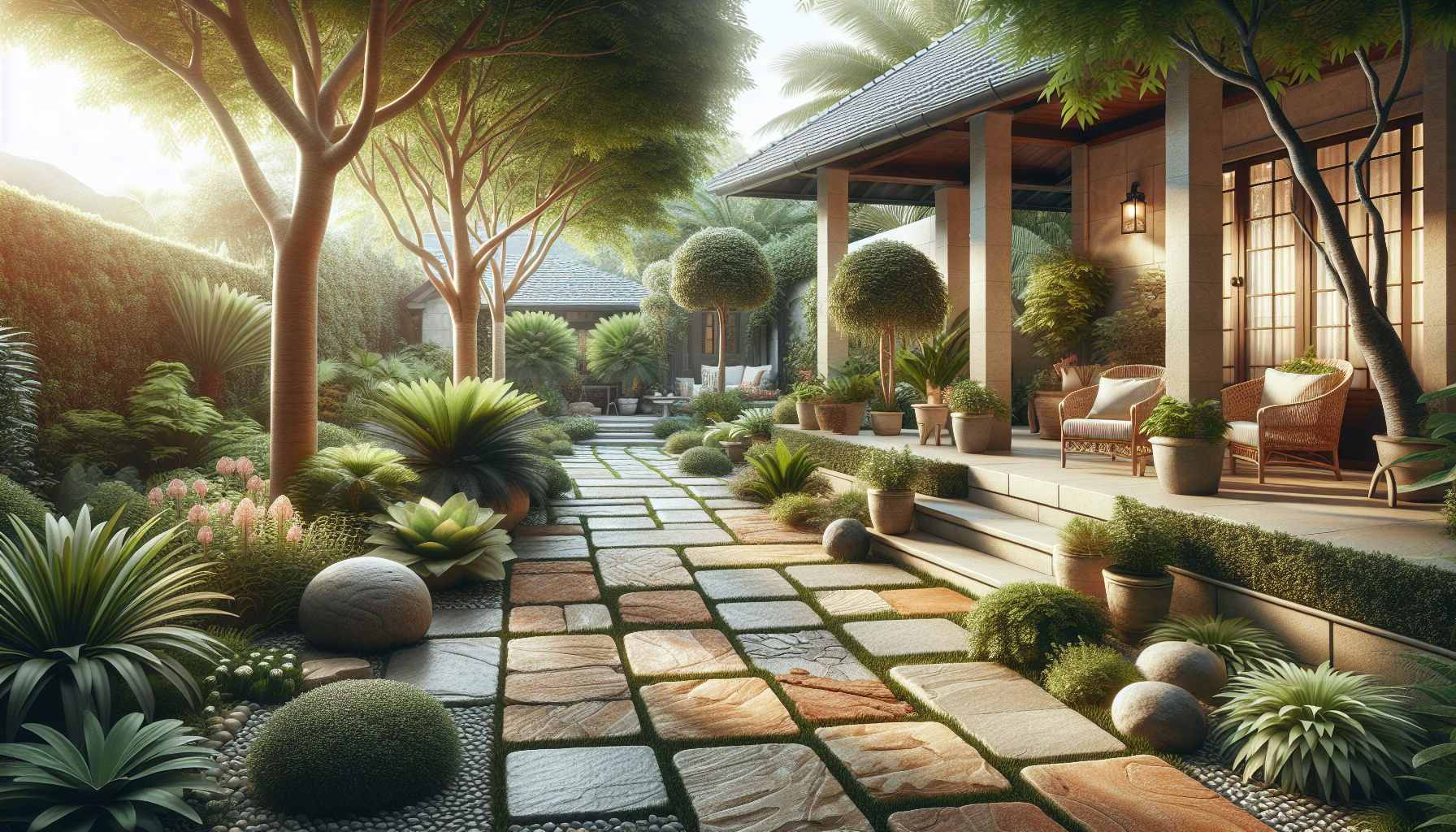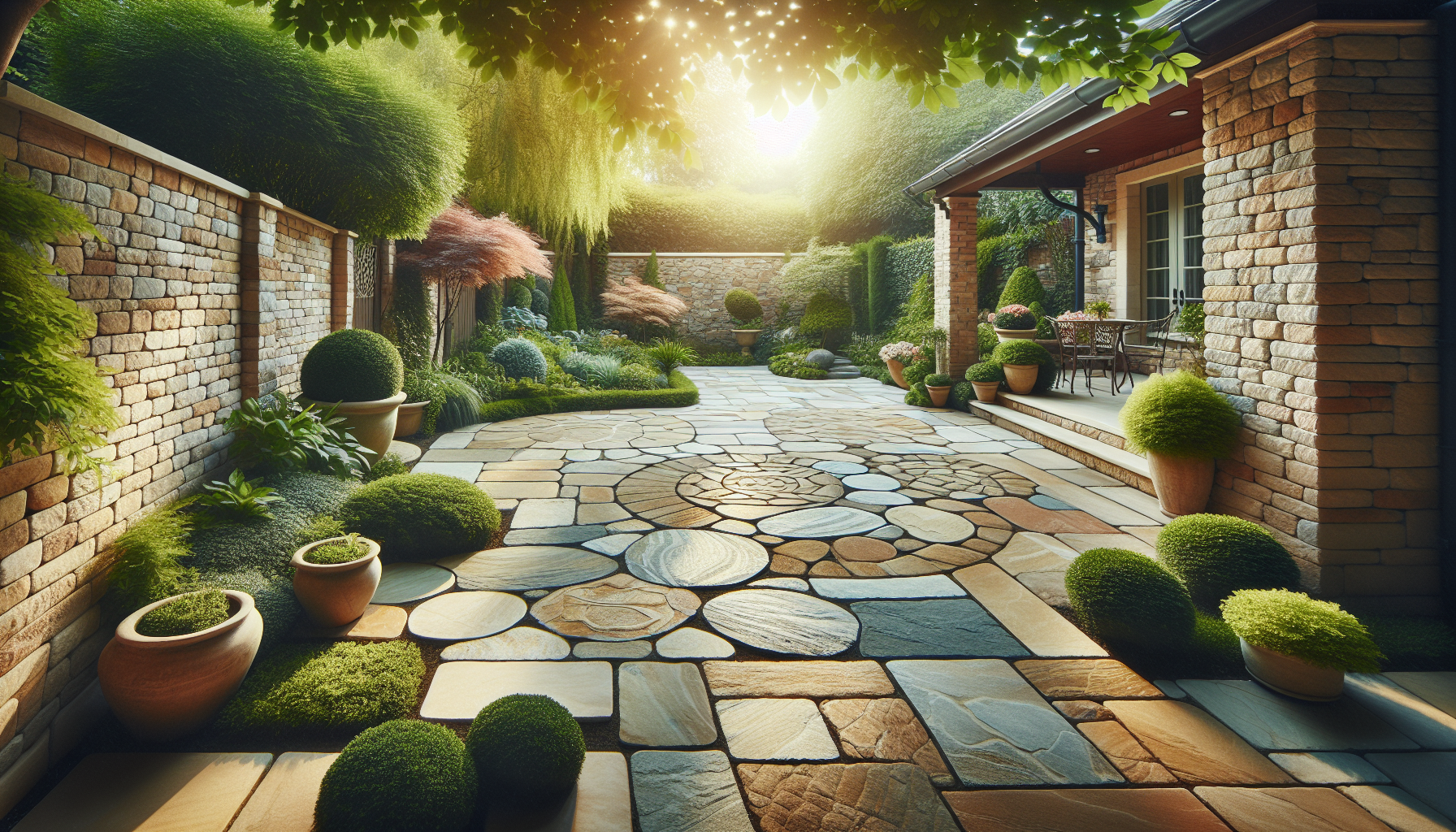What does it take to create the perfect patio space? That’s the question many homeowners ponder when considering a patio installation. A well-designed patio can enhance your home’s aesthetic, provide extra outdoor living space, and increase your property’s value. If you’re thinking about adding a patio, let’s discuss some expert tips that can make your project a success.
Understanding Your Space
Before you start laying any stones or bricks, take some time to understand the space you have available. Consider the size of your yard, existing features, and how you want to use the patio.
Assess Available Space
Start by measuring your yard. Identify areas that receive sunlight and shade throughout the day. This information will help you determine the best location for your patio. Think about how much space you want the patio to occupy and how it will complement your lawn and garden.
Determine Purpose
What do you want to use your patio for? Whether you plan to host outdoor barbecues, relax with a book, or create a play area for kids, having a clear purpose will guide your design decisions. The intended use will dictate the size, shape, and materials you choose.
Choosing the Right Materials
Material selection is crucial for any patio installation. The right materials will enhance the look of your outdoor space while ensuring durability and ease of maintenance.
Common Patio Materials
Here are some popular materials you might consider for your patio:
| Material | Description | Pros | Cons |
|---|---|---|---|
| Concrete | A versatile and durable option. | Affordable, easy to maintain. | Can crack over time. |
| Pavers | Individual stones or bricks laid in a pattern. | Aesthetic variety, easy to repair. | Can be more costly. |
| Natural Stone | Stone such as slate or granite for a unique look. | Durable, visually appealing. | Heavy and expensive. |
| Brick | Classic choice with timeless appeal. | Long-lasting, low maintenance. | Fading color over time. |
| Gravel | Small stones for a rustic feel. | Inexpensive and easy to install. | Requires more maintenance. |
Consider Your Climate
Your climate can affect the material choice. For hot and dry climates, a stone or paver patio might be cooler and more comfortable. In wetter areas, concrete with proper drainage minimizes issues with flooding.

Design Your Patio
Once you have your materials decided, the next step is designing the layout of your patio.
Shape and Layout
Patios come in various shapes: rectangular, square, circular, or even custom designs. Consider how the shape will match your home and garden. A rectangular patio may work well against the back of a house, while a circular one can serve as a focal point in a garden.
Create Zones
If you have enough space, think about creating zones within your patio. For example, you could have a dining area, a lounge area, and even a fire pit area. Using different materials or furniture styles can help define these zones while keeping a cohesive look.
Planning for Drainage
Proper drainage is essential to prevent water pooling on your patio and causing damage over time.
Sloping
Ensure your patio has a slight slope away from your house. A gentle slope of about 1% is usually adequate for directing rainwater away. Plan for this slope during the installation.
Drainage Systems
If your area tends to flood, consider adding drainage systems. You could use French drains, channel drains, or simply allow gravel or permeable pavers to facilitate better drainage.

Preparing the Site
Before installation starts, you need to prepare the site correctly.
Clear the Area
Remove any existing vegetation, rocks, or debris from the area you plan to build on. You want a clean slate to work with to ensure a smooth surface for your patio.
Excavation
Excavate the area to the necessary depth for your chosen materials. Typically, a depth of 6-8 inches is required for pavers and stone. This depth includes the base material and the final layer.
Base Layer
After excavating, lay down a base layer of gravel or crushed stone. This layer promotes drainage and helps prevent settling and shifting over time. Make sure it’s compacted well for the best results.
Laying the Base
With your site prepared, it’s time to lay the base material.
Leveling the Base
Using a level, ensure your base layer is even. An uneven base can lead to an unstable patio, affecting both safety and aesthetics.
Edge Restraints
Consider adding edge restraints to keep your patio materials in place, especially if you’re using pavers. These restraints help maintain the shape and structure of your patio, preventing shifting.
Laying the Patio
Now, it’s time to lay your patio materials. Follow your design plan closely to maintain consistency.
Starting Point
Begin from one corner or edge and work your way out. If you’re using pavers, start laying them one by one, ensuring each piece fits snugly against its neighbor. If needed, use spacers to maintain an even gap for grout or sand.
Cutting Materials
You may need to cut some materials to fit your design. A wet saw works well for cutting stone and pavers. Always wear safety gear when cutting materials.
Filling the Gaps
Once all the patio materials are in place, it’s time to fill in the gaps.
Sand or Grout
For paver patios, you can use fine sand to fill in the gaps between pavers. Sweep it into the spaces and then gently mist the area with water to help settle the sand.
Sealing (Optional)
Consider sealing your patio to protect against stains and weather damage. This step is particularly useful for stone or paver patios but isn’t always necessary. Research your chosen materials to understand if sealing will benefit them.
Maintaining Your Patio
To keep your patio looking its best, routine maintenance is essential.
Regular Cleaning
Keep debris, dirt, and leaves off your patio. A broom or leaf blower works well for day-to-day upkeep. For deeper cleaning, consider using a pressure washer, but be cautious to avoid damaging the surface.
Repairing Damage
Inspect your patio regularly for cracks or shifts. Early repairs can save you from larger issues down the road. Fill small cracks with a suitable repair material to ensure your patio stays intact.
Enhancing Your Patio
There are many ways to enhance your patio after installation.
Furniture
Choose furniture that fits your style and purpose. Opt for weather-resistant materials to ensure lasting use. A table and chairs for outdoor dining, coupled with comfortable lounge chairs, can create the ideal setting.
Landscaping
Surrounding your patio with landscaping can create a beautiful ambiance. Consider planting flowers, shrubs, or adding decorative rocks. Outdoor lighting is also a lovely touch that can enhance the atmosphere during evening gatherings.
Conclusion
Installing a patio is a rewarding project that greatly enhances your outdoor living space. By following these expert tips, you can ensure a successful installation that reflects your style and meets your needs. Remember, if you’re looking for assistance with your hardscaping needs, consider reaching out to Xclusive Home Services.
Contact Information
Xclusive Home Services
14505 N. Hayden Rd., Ste. 101
Scottsdale, AZ 85260
Phone: (602) 341-5545
Email: management@xclusivehomeservicesco.com
Founded in 2025, Xclusive Home Services aims to be your one-stop solution for various home services, including hardscaping and patio installation. Investing in your patio is investing in your home, so don’t hesitate to reach out for help. Your outdoor space deserves it!


